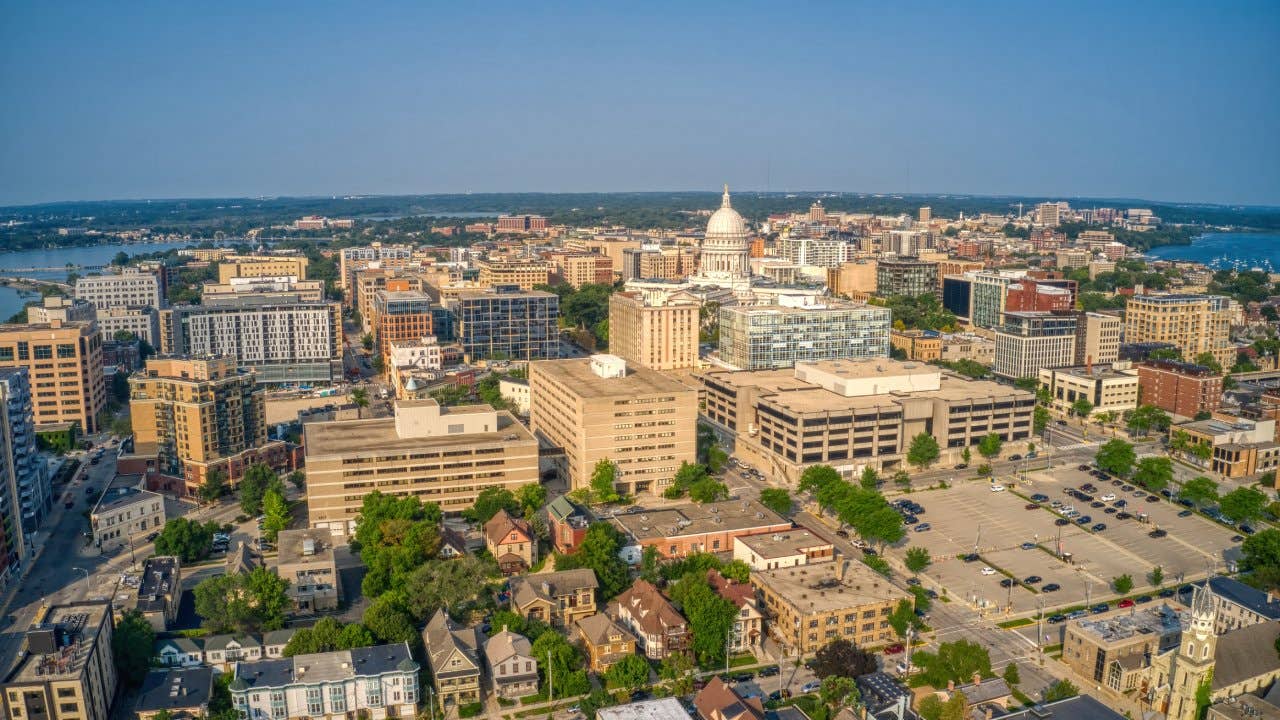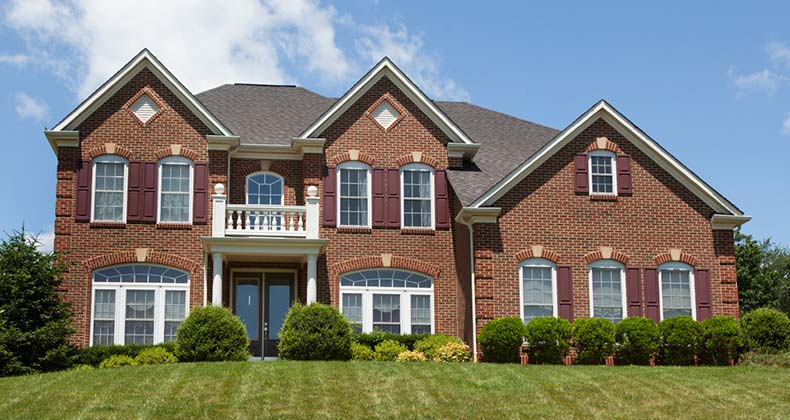What is the Department of Housing and Urban Development (HUD)?

The U.S. Department of Housing and Urban Development (HUD) is a department of the federal government that formulates and enforces housing policy and oversees the Federal Housing Administration.
The HUD runs or participates in many programs that are intended to help people buy homes, promote the creation of safe and affordable rental housing, and reduce homelessness. The HUD is also charged with combatting housing discrimination.
What is the Department of Housing and Urban Development (HUD)?
The Department of Housing and Urban Development (HUD) is a Cabinet-level federal agency that has responsibility for implementing policies relating to housing in the U.S. The HUD plays an number of important roles:
- Improving opportunities for affordable homeownership.
- Increasing safe and affordable rental options.
- Reducing the cycle of chronic homelessness.
- Combating housing discrimination by promoting equal opportunity housing in the rental and purchase markets.
- Supporting vulnerable and minority populations.
The HUD’s budget for 2022 was $60.3 billion. The proposed budget for 2023 is $71.9 billion, plus another $35 billion for the Housing Supply Fund, a new mandatory program providing grants to state and local housing finance agencies and their partners to invest in strategies to increase the supply of affordable housing.
The HUD is led by the HUD Secretary. The Secretary is nominated by the President, and confirmed by the Senate. As of November 2022 the current HUD Secretary is Marcia Fudge, who was appointed in March 2021.
History of HUD
The Department of Housing and Urban Development (HUD) was established as a Cabinet-level agency by the Department of Housing and Urban Development Act on November 9, 1965. Created as part of President Lyndon B. Johnson’s War on Poverty, it consolidated five existing agencies (including the Federal Housing Administration, the Public Housing Administration, the Federal National Mortgage Association, aka Fannie Mae, and the Urban Renewal Administration) into one department. The aim was for the government to be able to handle housing issues, problems and financing in a coordinated manner.
Since 1934, the Federal Housing Administration and HUD have insured over 44 million home mortgages and approximately 50,000 multifamily project mortgages. And since its inception in 1974, HUD’s Community Development Block Grant (CDBG) Program has awarded more than $144 billion to state and local governments to target their own community development priorities.
What does HUD do?
The HUD oversees a number of programs and initiatives. Some of the most important are the insurance provided via the Federal Housing Administration (FHA), overseeing the Fair Housing Act, and providing Block Grants to communities.
HUD and the Federal Housing Administration
One of HUD’s chief roles is to provide mortgage and loan insurance, which it does through the Federal Housing Administration (FHA). Established in 1934 by the National Housing Act, the FHA was incorporated into the HUD in 1965.
The FHA insures mortgage lenders and banks against the threat of borrower default on their loans, in return for a fee. This makes mortgages more accessible and affordable to low- and middle-income families.
Many borrowers purchase their first house with an FHA loan. Despite the name, it’s not a direct loan by the agency. Instead, it’s a mortgage insured by the Federal Housing Administration. FHA home loans require lower minimum credit scores and down payments than many conventional loans, and are therefore more affordable for many people.
HUD and the Fair Housing Act
Another key role of the HUD is to oversee the Fair Housing Act, which combats discrimination in the acquiring or renting of homes based on:
- Sex
- Race
- National origin
- Religion
- Familial status
- Disability
The Fair Housing Act was an important step toward fair and equal treatment in homeownership. Before 1974, for example, women were not legally permitted to obtain a mortgage without a male cosigner. Today, women actually outpace men in getting mortgages.
Passed in 1968, the Fair Housing Act officially outlawed the practice of redlining — deeming certain neighborhoods (usually minority- or immigrant ones) “hazardous” and allowing lenders to boycott them. Though it didn’t immediately solve the problem, the act gave individuals and groups grounds for suing if they felt redlining — or any other form of discrimination — was occurring.
Other HUD programs and initiatives
The HUD also offers a variety of other programs and initiatives to benefit individuals, families, and communities. Some of these include:
- Community Development Block Grant – This federal grant funds the development of neighborhoods for low- to mid-income families so that they can live near urban centers for employment, shopping and public transportation.
- Housing Choice Vouchers (also known as Section 8) — These vouchers help pay for housing for low-income families so they can choose where they want to live.
- HUD houses — These are foreclosed properties that (HUD) is selling to the public, having seized them after the original owners defaulted on their mortgages. They’re available via online auctions at the HUD Homestore (hudhomestore.gov), and individuals are favored over investors and businesses in bidding on them.
You may also like


What is a flood elevation certificate?

What is the Community Reinvestment Act?



